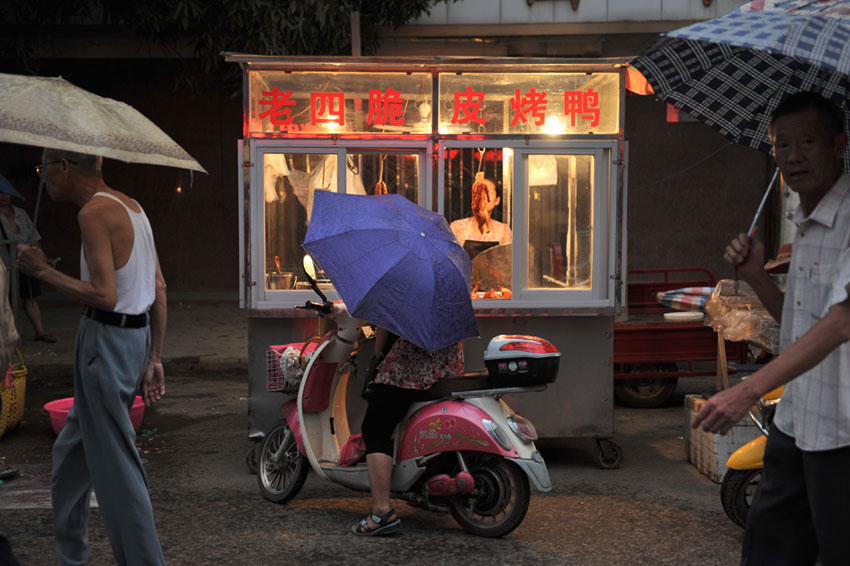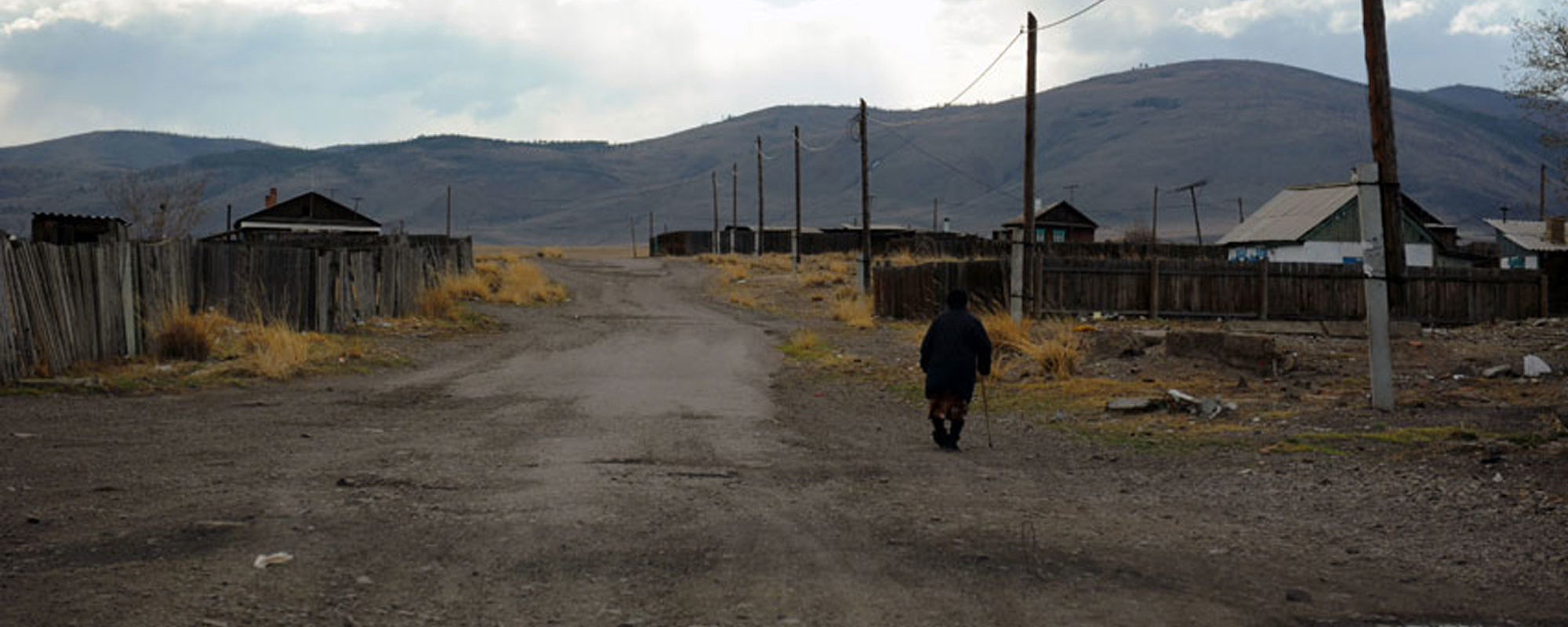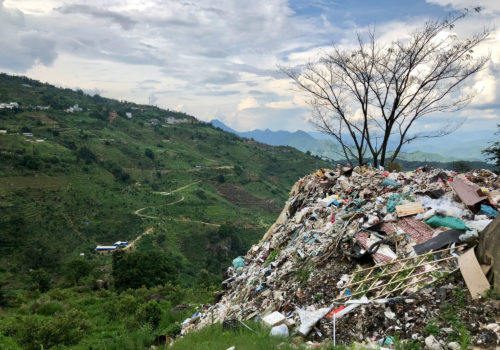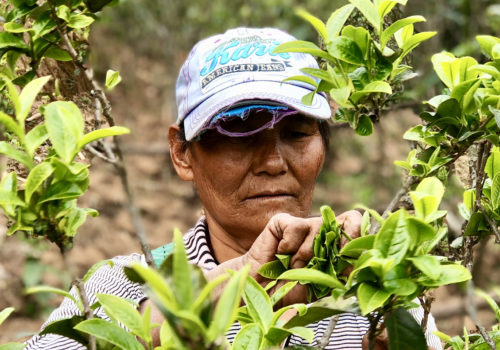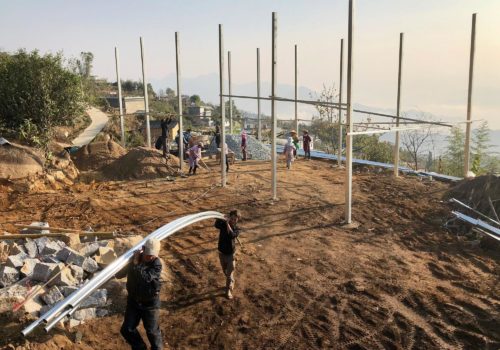China at its Limits: An Empire’s Rise Beyond its Borders
(Kerber, Verlag, Bielefeld, 2018)
Part travelogue, part cultural history, part richly illustrated coffee table book, China at its Limits is an ambitious anthropological study of the country’s borderlands that provides insight into the geopolitics behind China’s rise as a global power through the eyes of frontier residents.
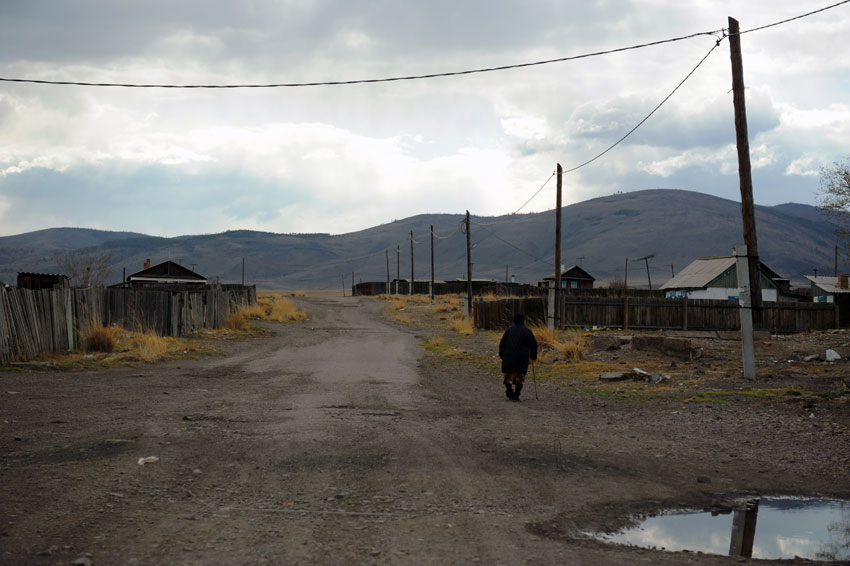
Authors Hsin-Mei Chuang and Matthias Messmer traveled on both sides of the border with Russia, Mongolia, Myanmar and other countries, providing detailed “sketches of humanity” along with intimate photographs depicting the lives of marginalized people.
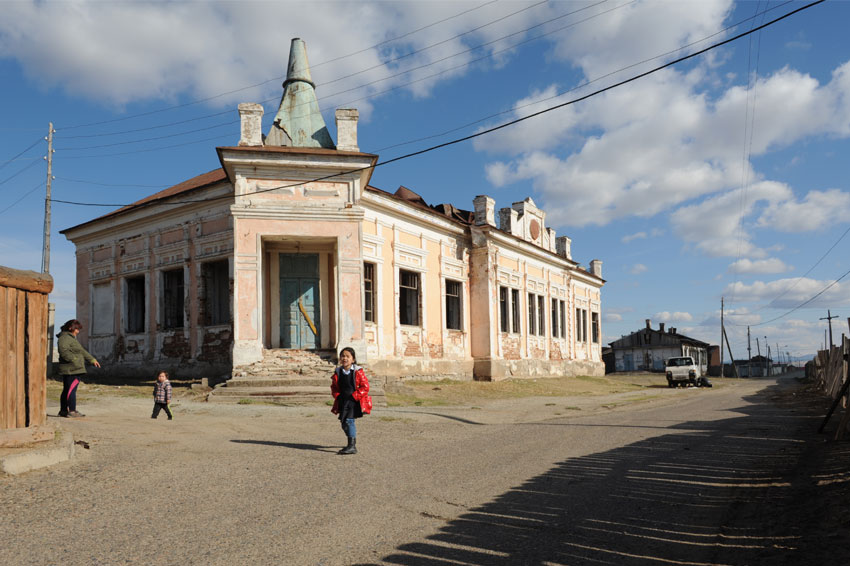
Exploration of identity and cultural memory runs through the book. From Central Asia in China’s far west to Vietnam and Laos in the deep south, the authors explore the clash and combination of national, cultural and ethnic identities, describing how borderlands often feel the impacts of geopolitical change first. They decry what they see as a collective loss of memory thanks to the Communist Party’s silencing of political dissidents and critics of China’s inexorable economic growth.
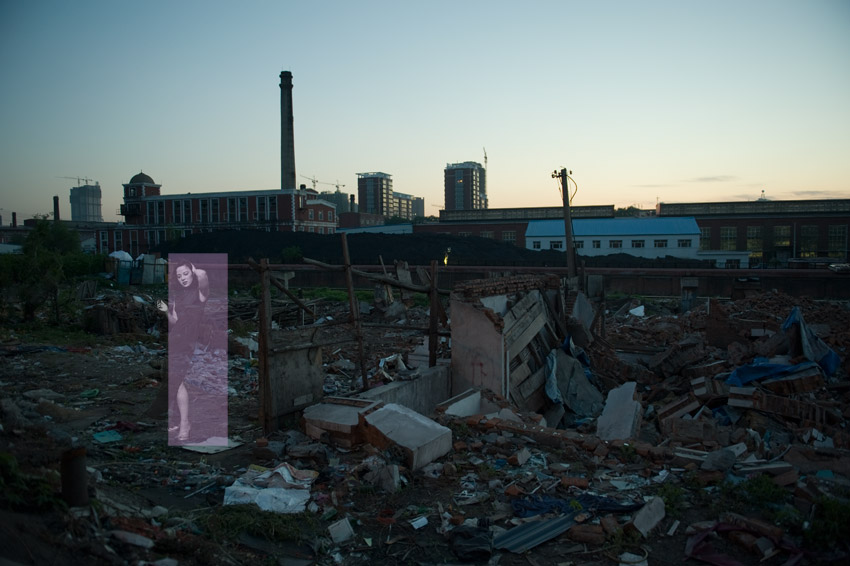
The authors bring both Asian and Western perspectives to the book, along with a refreshing combination of journalistic and scholarly writing together with artful images reflecting China’s complexities and contradictions. Their focus on peripheral cultural spaces and marginalized ways of life provides necessary nuance to general readers’ perceptions about China, shining a light on people in far-flung places to whom borders are often arbitrary.
